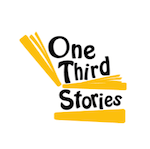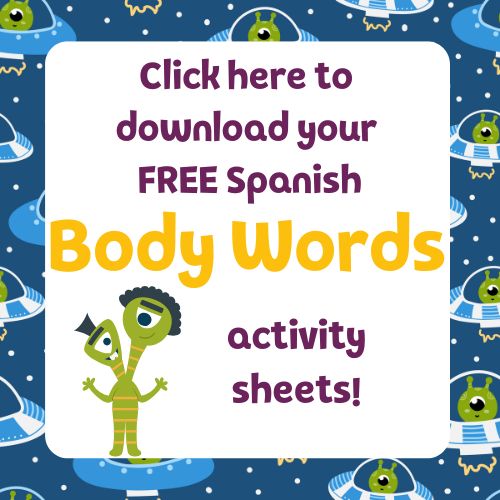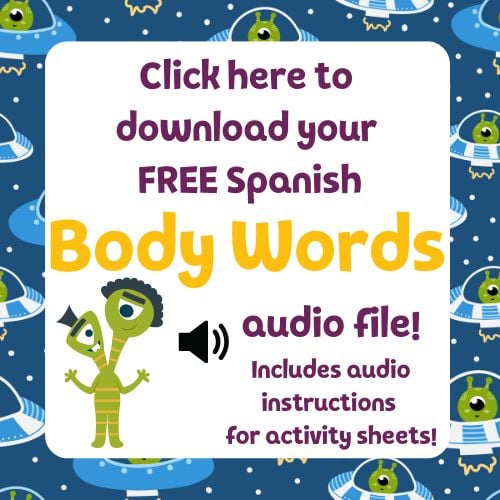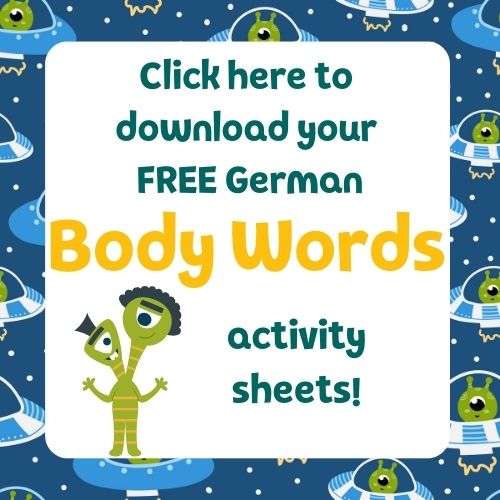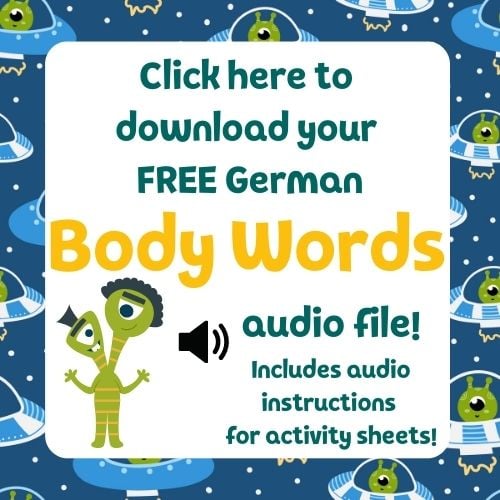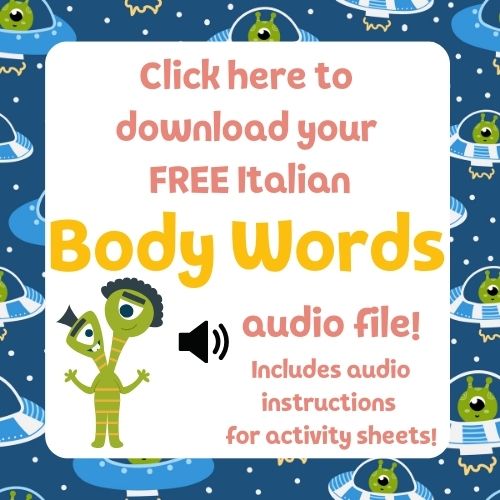
Introducing children to a new language can be both fun and effective when incorporating movement activities. Research shows that physical activities not only enhance vocabulary retention but also improve cognitive functions such as concentration and memory.
The Benefits of Language Learning Through Movement Games
Research indicates that physical activities increase students’ engagement and retention of new vocabulary. Additionally, incorporating movement into learning supports cognitive development and can improve social skills, creating a more holistic learning environment.
Fun Movement Activities to Reinforce Vocabulary
Elliot is an obvious choice as a springboard to movement games, but if you haven’t received that story box yet, we’ve got your back with a free body parts printable and audio file. Here are some classic movement activities that are especially effective for reviewing body part words in a new language:
1. Simon Says:
The parent acts as Simon and gives commands like “Simon says, ‘Touch your head'” using the target language. If Simon does not say “Simon says,” and the child follows the command, they are out. To incorporate numbers and other vocabulary, try “Simon says, ‘Tap your head three times'” or “Simon says, ‘Jump to the left.'”
2. Hokey Pokey:
Sing the Hokey Pokey song in the target language, replacing body part names with their new language equivalents. Continue with different body parts, encouraging children to move and sing along.
3. Heads, Shoulders, Knees, and Toes:
Sing the “Heads, Shoulders, Knees, and Toes” song in the new language or make up a version that matches the body part words your child has learned. Encourage children to touch the corresponding body parts as they sing.
4. Language Obstacle Course:
Create a simple obstacle course where each station represents a different vocabulary word or concept. For instance, a station might have pictures or objects related to animals, where children must name each animal in the new language before proceeding to the next challenge.
5. Vocabulary Hopscotch:
Check out our earlier post on Hopscotch for a variation that can reinforce more than just numbers!
+ 1 Twister: Okay, this one is only free if you have an existing Twister mat. If you have one, though, you can use it to put a fun twist on language learning! When the spinner lands on different colors and body parts, call them out to children in the target language or call them out in English and have the children say the words in the new language when they touch each color.
Adapting Games to Fit Language Skills
It’s okay to mix in English words where necessary and adapt games to fit the vocabulary your child knows. As their language skills grow, you can introduce more complex instructions and vocabulary. For instance, in Simon Says, you might say, “Simon says, ‘Jump to the left three times'” using as many new words as possible.
Conclusion
Using movement activities to reinforce language learning makes the process enjoyable and effective for children. Games like Simon Says, Hokey Pokey, and Heads, Shoulders, Knees, and Toes are excellent for teaching body part vocabulary, while activities like vocabulary hopscotch and nature walks can help expand their language skills. Incorporating these fun, physical activities into your child’s routine can significantly enhance their language learning experience and make it a memorable journey.



Choose a language
One Third Stories courses are available in French, Spanish, Italian and German.
Select a subscription
Choose between monthly or annual payment options.
Start learning
Receive your first audiobook and Story Box, and let the learning begin!.

Choose a language
Our courses are available in French, Spanish, Italian and German.

Select a subscription
Choose between monthly or annual payment options.

Start learning
Receive your first audiobook and Story Box, and let the learning begin!.
